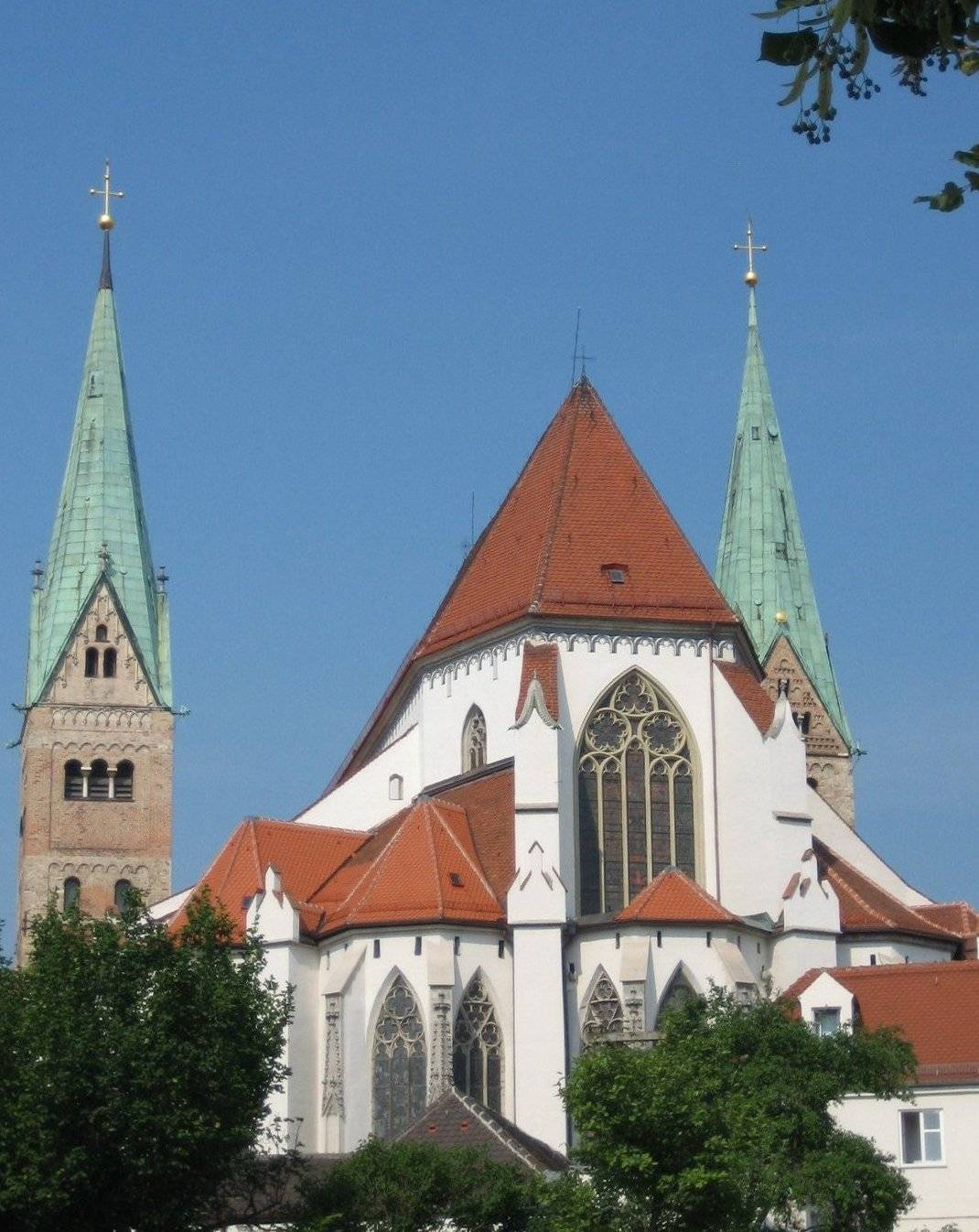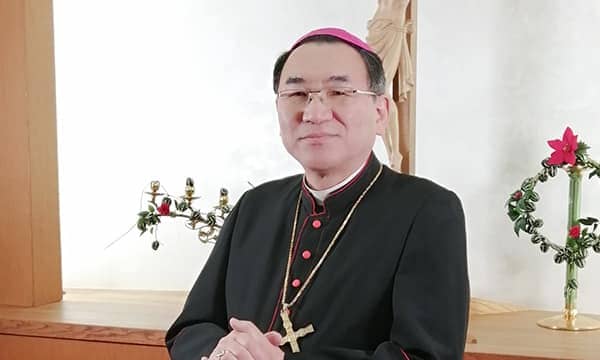ROME – Rome is bubbling with excitement at the news that yet another recent pontiff, Pope Paul VI, will be declared a saint in October. From conferences to art shows, the eternal city is celebrating its rich papal history, while some propose other candidates who might add a halo to their three-tiered tiara.
It would seem that the papacy is once again becoming a highway to sainthood. This represents a sort of return to the basics, reflecting standard practice of the Church from the time of St. Peter through 53 of the first 54 pontiffs, all of whom were declared saints.
Even Pope Francis joked about the trend while speaking to priests recently at St. John Lateran Cathedral in Rome.
“There are two recent Bishops of Rome who have already been made saints,” he said referring to Popes John XXIII and John Paul II, who were canonized in April 2014. “Paul VI will be made a saint this year. The cause for John Paul I’s beatification is open. Benedict and I are on the waiting list: Pray for us!”
In the context of this newfound zeal for papal canonizations, a small group of prelates and historians met at the cloister of the Basilica of Santa Maria Sopra Minerva in the center of Rome on May 25. The conference, titled “Pius XII and Paul VI: Two Lives Spent in the Service of the Church,” pointed to the link between the two popes, while speakers made arguments in favor of Pope Pius XII’s sainthood.
Cardinal Dominique Mamberti, Prefect of the Supreme Tribunal of the Apostolic Signatura (the highest judicial authority in the Catholic Church), presided over the event, which included an exhibit showcasing the two popes’ important impact on Rome and the Church during complex and turbulent times.
Father Pascual Cebollada, the Jesuit general postulator who’s managing the cause for Pius XII, told participants that he recently submitted information on an alleged miracle, which is necessary for the pope’s canonization, to the Vatican’s Congregation for the Causes of Saints.
“We are here to celebrate the idea of sanctifying Pope Paul VI, but it’s also a suggestion for Pius XII’s canonization,” Cebollada said.
The cause for the canonization of Pius XII, on the sixty-year anniversary of his death, is wrought in controversy due to widely contested accusations depicting the pope as not doing enough to help the Jewish community during World War II and sympathizing with Nazi Germany.
During a 2014 flight to Rome from the Holy Land, even Francis admitted that the canonization cause had stalled, but his supporters hope that Paul VI’s sainthood will pave the way for Pius XII’s long-awaited halo.
At the top of the Capitoline Hill overlooking the Colosseum, the art world also is paying its tribute to Pope Paul VI in a new exhibit called “The Popes of the Councils in the Modern era. Art, History, Religiousness and Culture,” which will be open to the public until the end of the year.
“The exhibit connects the figure of Paul VI with what was the central event of his life: The Second Vatican Council,” said Italian Cardinal Pietro Parolin, the Vatican’s Secretary of State, on the show’s inauguration May 16.
“It recognizes the great merit of this pope concerning the Councils and the renewal that they led to within the Church,” Parolin said.
The 30 pieces on display at the exhibit are distributed in three cozy rooms in the Capitoline museums, paying homage to three important Church councils: The Council of Trent in 1545, to answer the rise of protestant movements in Europe; the First Vatican Council of 1869, which wrestled with the nature of papal authority; and the Second Vatican Council of 1962, called to address changes in the modern world.
The first room shows two portraits of Pope Paul III, who convened the Council of Trent, one by Jacopino del Conte in 1545 and one more recent from 1949 by Cesare Fratino.
This council was particularly important in artistic terms, since it issued clear guidelines for artists to portray religious symbols. The objective was getting past the overly poetic, abstract and classically inspired style in vogue at the time, in favor of one that was easier to understand, more direct, and aimed at catechesis.
The exhibit offers examples of how artists interpreted and reimagined Catholic imagery through the filter of the new directives coming from Trent. A never-before-seen image of the martyr St. Apollonia painted by Federico Barocci fills the canvas, ever so clearly, in the first room.
The next room fast-forwards three centuries to the First Vatican Council, where Pope Pius IX was the star of show. That’s not just because he proclaimed papal infallibility, but also for declaring the dogma of the Immaculate Conception. The scene is shown in a sketch by Italian artist Francesco Podesti, and the completed work is frescoed in the Vatican Museums beside the Raphael rooms.
While the one at the Vatican shows Pius IX standing, as was his express wish, the smaller-scale replica at the exhibit depicts the pope sitting, clad in white and bathed in silver light originating directly from the heavens, where the fathers of the Church, Jesus and – of course – Mary watch the pope’s proclamation of the dogma.
The piece was commissioned in 1855, and, more than for its artistic beauty, the fresco is appreciated for its historical accuracy. Podesti narrates in his memoirs that he once argued with a monsignor in order to keep a disgraced bishop portrayed in the artwork. When the prelate asked, “For the pope’s sake, remove that face!” the artist said no, adding that even Judas is depicted in the Last Supper despite having betrayed Christ.
The work’s dedication to historical accuracy is also visible in the details showing priests and bishops arguing amongst themselves, a staple of any council worthy of its name.
Finally, the last room pays tribute to the Second Vatican Council, called for by Pope St. John XXIII, affectionately called the “good pope” by Romans. Vatican II “represents the reference point for all the popes who, since then, sat on the Throne of St. Peter and looked at it as a compass, as clearly stated by Benedict XVI,” Parolin said.
John XXIII’s round, amicable face is replicated in a bronze statue by Giacomo Manzù, which is displayed opposite a video showing his famous speech for the moon landing before an audience holding candles lighting up St. Peter’s Square.
“He had the courage and the audacity of convening the Council, which perhaps others would not have done, because he was a man completely devoted to God,” said the Secretary of State.
John XXIII’s portrait is shown side by side with Paul VI’s, who concluded the Council and will soon join his predecessor in the haloed circles of heaven.

















